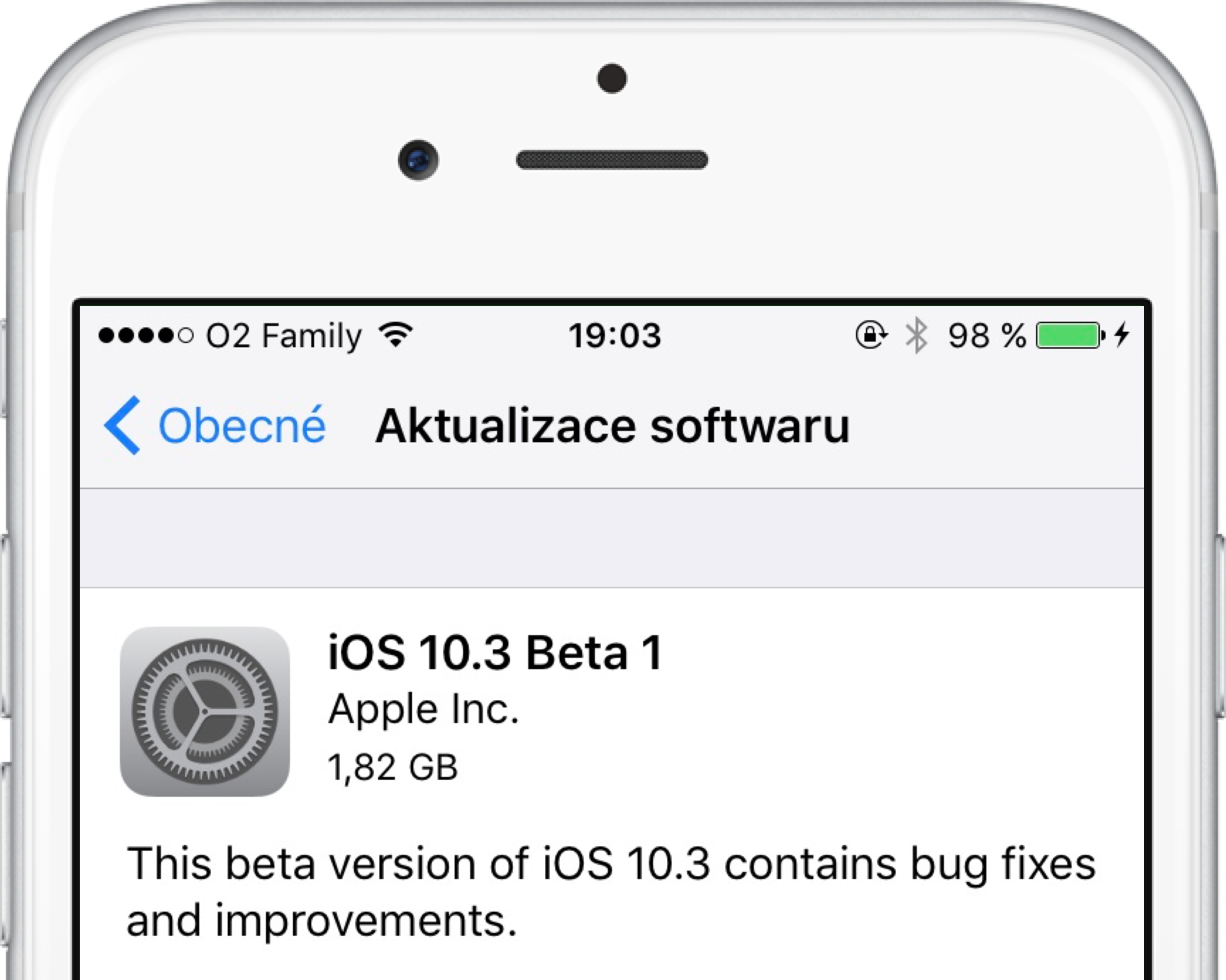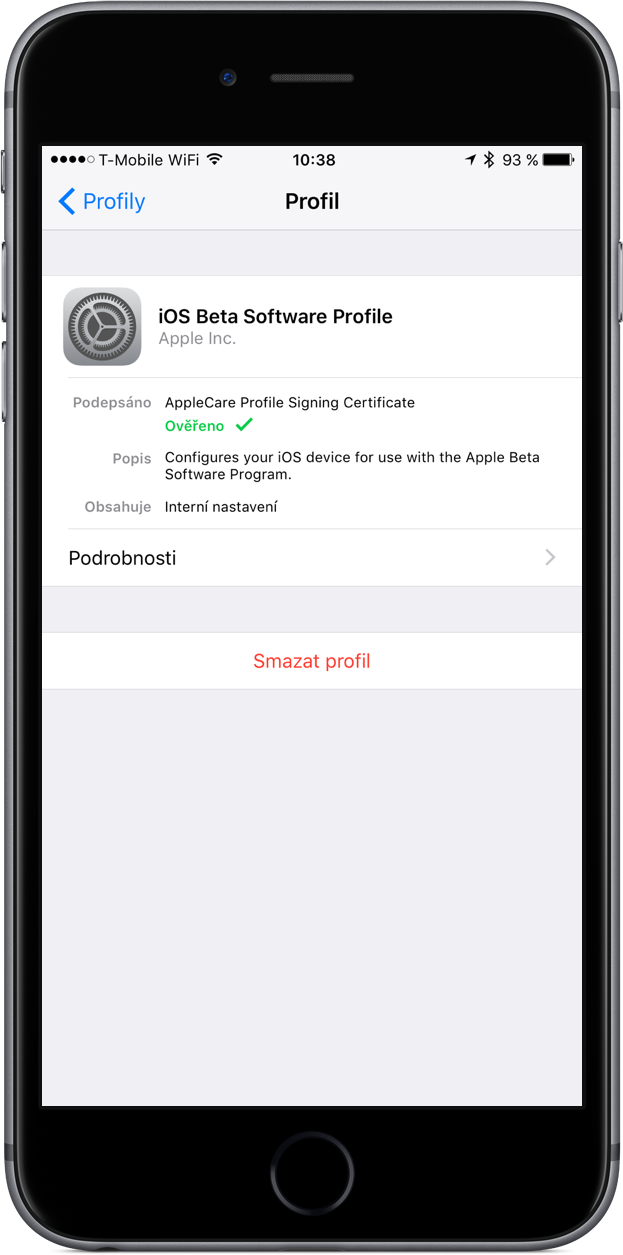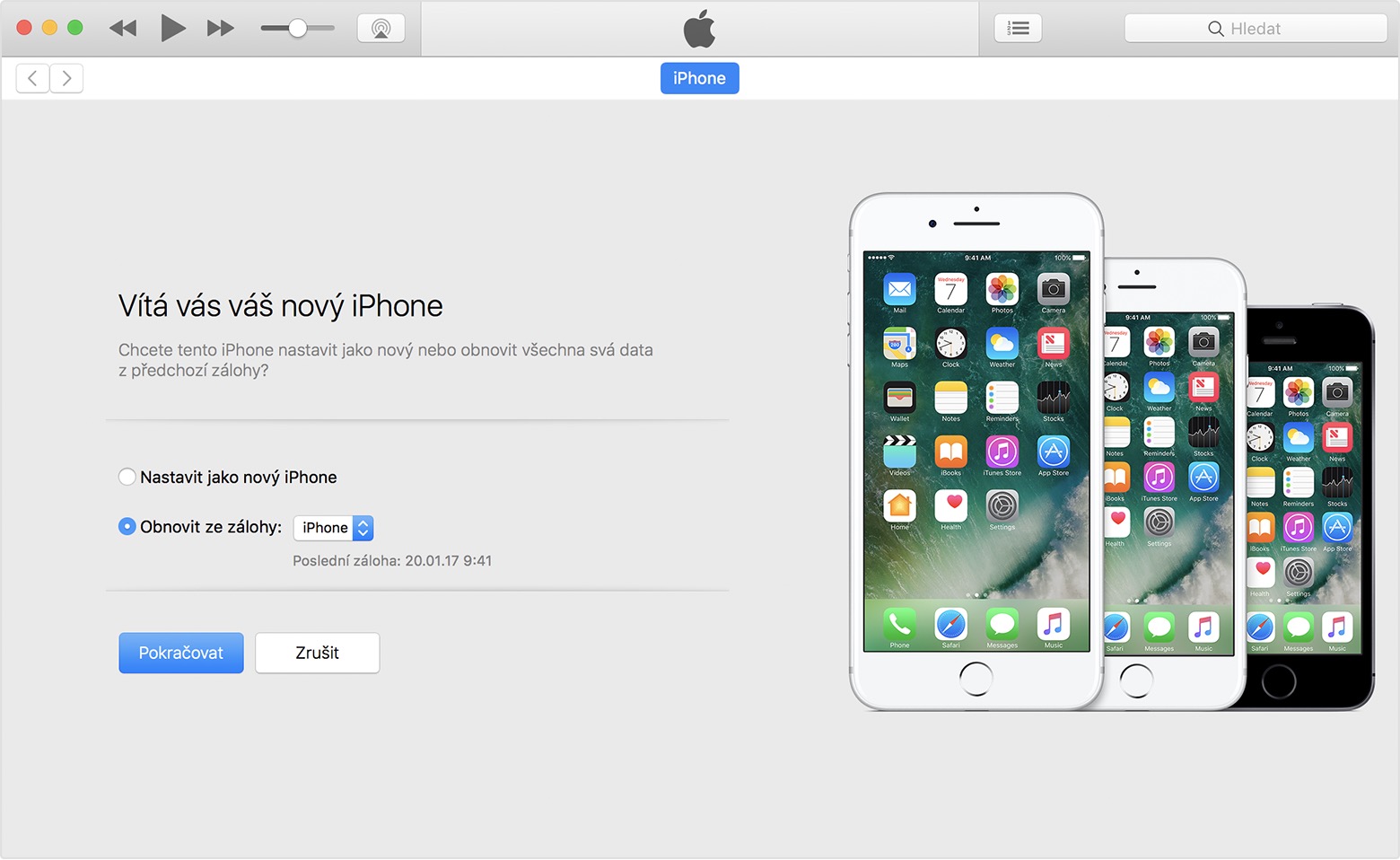Recently, I have been contacted by several readers who wanted to leave the beta testing program of the latest iOS on iPhone or iPad. Even the public program can be used today, so anyone can access it. I'm always happy to help people, but it amazes me that many users immediately download a test version of the operating system to their iPhone or iPad without having any idea what it actually is and how everything works...
Users who buy their first iPhone, read somewhere that there are new emoji in the new beta, and so immediately download it to their phone are no exception. At the same time, they have no idea how the phone is backed up or how to restart or restore. At that point, I always curse Apple a little for allowing open beta testing, because there aren't many cases like that. On the other hand, I understand the curiosity of users - when the option is there, it's easy to use it. And Apple also wants to get valuable feedback.
However, everyone must realize in advance what the beta version of any operating system can bring as a pitfall: basic applications may not work correctly; iPhone freezes, restarts on its own; significant problems can also be with battery life. Then, when an ignorant user experiences this, he immediately wants to go back to the stable version of iOS, but he encounters the problem that it is not that simple. Most people do not make a permanent backup on their computer and only have it in iCloud, if at all.

If you decide to participate in testing beta versions, try to think of the following steps and recommendations before the actual installation. They can save you a lot of trouble.
Preparing the device before the update
Be sure to make a complete backup to your computer before installation - connect your iPhone via cable and backup via iTunes. Test versions of upcoming iOS can be full of errors and it is possible that you may lose some of your data even if you install the beta. In that case, you can always go back to at least this backup. Of course, this can also be done in iCloud, but in this case, a physical backup to the computer is a security that we recommend.
The very best solution then represents encrypted backup to iTunes, where you are sure to recover all data from it. An encrypted backup also guarantees that all activity data and health data from iOS and Apple Watch will also be transferred. If you don't need this data, just make a classic unencrypted backup.
Once you have your device backed up and the backup stored on your computer drive (or anywhere else), you're sure to be able to roll back from the beta to the live version at any time with relative ease.
How to install the public beta
It is generally recommended not to install iOS betas on your primary device, that is, the one you use daily and need to be fully functional, be it an iPhone or an iPad, as various bugs can often make working with the device very unpleasant. The best solution is to use, for example, an older iPhone that you do not use for these purposes.
If you are fully determined that you want the beta version of iOS on your device and you have made a backup, follow the instructions below.
- On the iPhone/iPad you want to test iOS on, open this odkaz.
- Click the Sign Up or Sign In button (depending on whether you've tested something in the past or not).
- If you're signing up for the program for the first time, sign up with your Apple ID.
- Agree to the terms and conditions.
- Click on the iOS tab.
- Click on Enroll your iOS device a Download profile.
- You will then be redirected to Settings > Profiles, where you will install the relevant profile.
- Click install and then reboot.
- Once your device turns back on, go to Settings > General > Software Update where the public beta will already appear.
- You then install it in the classic way and you can start testing.
Once you go through this process, Settings > General > Profiles will save you an “iOS Beta Software Profile” that will automatically download the latest public beta version to your iPhone or iPad instead of the iOS release releases. And that includes all the hundredth updates that usually come after two weeks. If you would like to exit the trial program, deleting your software profile is the first step…

How to exit the iOS testing program
Once you've deleted said test profile (Settings > General > Profiles > iOS Beta Software Profile > Delete Profile), you're halfway to rolling back to iOS releases. And now you have two options to choose from. Either you can wait for whatever next sharp version of the operating system Apple releases to the general public. At that moment, your iPhone/iPad will recognize that you no longer have a test profile and a clean and official iOS update will appear in Software Updates.
However, if you don't want to wait, which can sometimes be a matter of several weeks or months, the next step is to restore the device from the backup you created in iTunes (see above).
- Open iTunes on the Mac or PC where you backed up your device.
- Connect iPhone/iPad via USB to computer.
- Choose Restore from iTunes backup and select the appropriate backup.
- Click the Restore option and wait for the restore to complete. Enter the encrypted backup password when prompted.
- Leave the device connected even after the reboot and wait for it to sync with the computer. After syncing is complete, you can disconnect it.

However, be aware that you will lose some of the data you collected and obtained during beta testing. Unfortunately, that's the price you have to pay for being able to test the latest operating systems. For that reason, it is more worthwhile to just delete the profile and wait until a new and sharp update appears. I've done this procedure several times before and never lost any data.
But before you do any of this, think it through. Keep in mind that developer versions are not stable, and applications that you need every day at work or school can often stop working. You can't even rely on the battery, which often drains a bit faster. Of course, with the arrival of new updates, the system becomes more and more stable, and the final versions are then identical to those intended for the general public.
In most cases, an iCloud backup CANNOT be restored to an older version of iOS
I don't see at all why the author (Filip) doesn't mind that someone downloads the beta to their phone and doesn't even know how to restore. If Apple didn't want people to use it like this, they would have made installing the beta more complicated. On the contrary, I think that Apple deliberately made this whole system simple precisely in order to break its user base into stable fast and slow channels as much as possible. I don't see anything negative about installing the public beta with the new emojis. Those betas first go through the developer beta anyway and are tested as perfectly usable with occasional bugs.